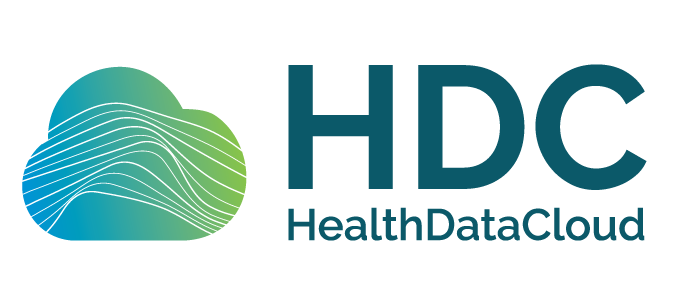Changes for page Using JupyterHub in HDC
Last modified by Dennis Segebarth on 2024/10/02 18:14
Summary
-
Page properties (1 modified, 0 added, 0 removed)
-
Attachments (0 modified, 0 added, 2 removed)
Details
- Page properties
-
- Content
-
... ... @@ -180,46 +180,8 @@ 180 180 181 181 Afterwards, the environment will be listed when you open the Launcher to open a new Jupyter Notebook: 182 182 183 -[[image:Project Workspace Jupyter view new Kernel 2023-07-11.png||height="25%" width="50%"]] 184 184 185 185 186 -and also from each opened Notebook, e.g., via **Kernel > Change Kernel…** : 187 187 188 -[[image:Project Workspace Jupyter Kernel change Kernel dropdown 2023-07-11.png||height="64%" width="50%"]] 189 189 190 -= Installing New Python Packages = 191 - 192 -We highly recommend the use of virtual environments when installing new packages (see //Creating a Python Virtual Environment and Registering a Kernel// above for more details). Consequently, we recommend installing new packages via commands in the JupyterHub terminal in the corresponding virtual environments, instead of installing packages from within Jupyter Notebooks. 193 - 194 -Depending on the IT policies, outbound traffic may need to go through a proxy. If so, users will be required to provide the proxy command line argument such as pip, curl, wget, etc. 195 - 196 -For example: 197 - 198 -{{code language="none"}} 199 -pip install my_package 200 -{{/code}} 201 - 202 -If you are using conda to manage python packages: 203 - 204 -{{code language="none"}} 205 -conda install my_package 206 -{{/code}} 207 - 208 -The above information is provided as examples only. Please refer to documentation provided by your IT department with respect to proxy configuration. 209 - 210 -= Using the Pilot Command Line Interface in a JupyterHub Terminal = 211 - 212 -The Pilot Command Line Interface (CLI) is deployed within JupyterHub as extension resource. Project members can use the Pilot Command Line Interface in a JupyterHub terminal to download Project data from the Core for further analysis, and upload the derivative outputs back to the Green Room or Core. 213 - 214 -The Home Directory is your default directory. When you download a copy of your Core files to JupyterHub, the files persists in the JupyterHub environment until deleted by you, so you can return to the session and continue your work at a later time without the need to retrieve the data from the Core again. 215 - 216 -The following sections focus on getting started with basic pilotcli commands in JupyterHub. For additional pilotcli commands and usage, see the article //Working with HDC Project Files in the Command Line Interface//. 217 - 218 -== Launching Pilot Command Line Interface == 219 - 220 -1. Launch your Project and click the **JupyterHub** icon in in the workspace icon group. 221 -1. Click the **Terminal **launcher icon to open the Terminal. 222 -1. In the Jupyterhub Terminal, type {{code}}pilotcli{{/code}} to launch the latest version of the Pilot Command Line Interface. 223 -1. Use the {{code}}pilotcli --help{{/code}} at any time to show the welcome message again. 224 - 225 - 187 +
- Project Workspace Jupyter Kernel change Kernel dropdown 2023-07-11.png
-
- Author
-
... ... @@ -1,1 +1,0 @@ 1 -XWiki.sgevans - Size
-
... ... @@ -1,1 +1,0 @@ 1 -38.9 KB - Content
- Project Workspace Jupyter view new Kernel 2023-07-11.png
-
- Author
-
... ... @@ -1,1 +1,0 @@ 1 -XWiki.sgevans - Size
-
... ... @@ -1,1 +1,0 @@ 1 -490.0 KB - Content
